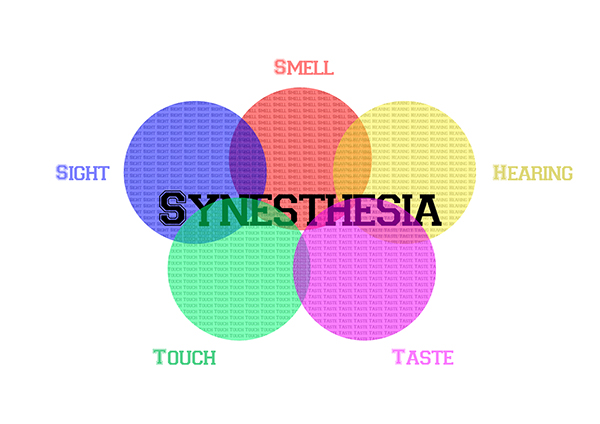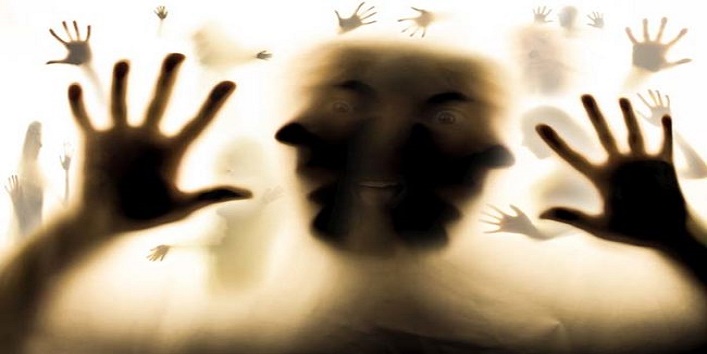
Studying synaesthesia can teach us about how sensory systems normally work, but they may also tell us something about the processes underlying sensory disturbances. Nikolić suggests that this should be thought of as "ideaesthesia", or sensing ideas. So in some synaesthetes, concepts and meanings also give rise to concrete perceptual experiences.
Synthesia disease professional#
Nikolić even described two professional swimmers for whom different swimming styles evoke different colours. The same letter can also evoke different synaesthetic experiences according to its context – the grapheme "0", for example, evokes one colour when presented in a sequence of letters and another when presented in a sequence of numbers. For example, grapheme-colour synaesthetes experience the colours associated with the number 7 when presented with 5 + 2. Using another neuroimaging technique called voxel-based morphometry, they also found that some synaesthetes have increased grey matter volume in this region, and that associators, but not projectors, have more grey matter in the hippocampus, a part of the brain involved in memory.ĭanko Nikolić of the Max Planck Institute for Brain Research in Frankfurt pointed out that concepts can trigger synaesthetic experiences too. Rouw's group has also shown that some synaesthetes exhibit increased activation in the superior parietal cortex, which is known to contain neurons that integrate different types of sensory information. Using a technique called diffusion tensor imaging, Rouw and her colleagues have shown that some synaesthetes have increased connectivity between adjacent regions on the ventral surface (or underside) of the temporal lobe, areas which are involved in processing texture, colour and form. Romke Rouw of the University of Amsterdam described experiments showing structural differences between the brains of synaesthetes and non-synaesthetes. That synaesthesia can be induced by drugs such as LSD, and that synaesthetic experiences can wax and wane with, for example, changes in mood, suggests a role for inhibitory processes mediated by the neurotransmitter GABA, but the two hypotheses are not mutually exclusive, and there is also evidence for the other.

According to the other, the sensory cross-talk occurs because of a lack of proper inhibition. According to one, there is increased connectivity between normally distinct sensory pathways, because of greater neuronal outgrowth during brain development, or because exuberant connections were not properly "pruned". And there are two main hypotheses to explain the neural basis of this increased sensory cross-talk.

"Projector" synaesthetes experience these cross-activated perceptions in the external world, whereas "associators", experience them only in the mind's eye. Synaesthetes can be broadly divided into two groups.

Some synaesthetes taste shapes or the textures of objects on their tongue, while others, with the recently described mirror-touch synaesthesia, experience tactile sensations when they observe others being touched. In the most common form of the condition, letters, numbers and units of time such as weeks and months evoke the experience of colour in others, sounds evoke smells, tastes or sensations of touch in yet others, pain, touch, temperature, orgasms and emotions evoke colours. Self-reports on the website reveal that there are over 100 different forms of synaesthesia, and these can be clustered into 5 main groups. Several years ago, Eagleman and his colleagues set up a website, containing a battery of tests to objectively verify synaesthetic experiences, and to date more that 9,000 synaesthetes have registered on the site.

Once thought to be extremely rare, synaesthesia is now believed to affect between 1 and 4% of the population. "It's generally agreed that there's cross-activation, so that activity in sensory area A will activate area B," says David Eagleman of the Baylor College of Medicine, "but we don't know whether it's due to a difference in wiring or in the chemical cocktail." Eagleman chaired a symposium at the annual meeting of the Society for Neuroscience in San Diego earlier this week, in which he and others presented the latest findings about the condition.


 0 kommentar(er)
0 kommentar(er)
